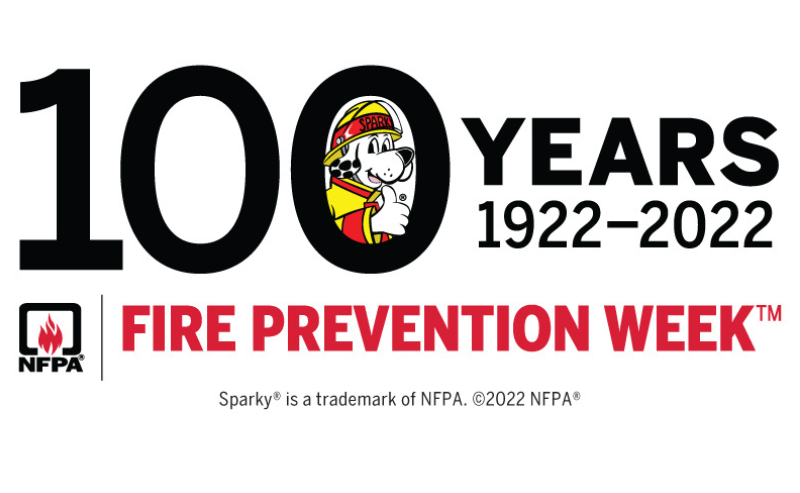This week, October 9-15, 2022, is National Fire Prevention Week. And while the focus this year is on home fire escape plans, it is important to recognize that fires in the workplace can be just as dangerous, if not more so. Employees may be injured or even killed; damage can quickly add up to millions of dollars. Fortunately, there are several actions that businesses and government offices can take to avoid the danger of workplace fires and minimize their impact.
Check Smoke Alarms and Smoke Detectors
Have someone (or the local fire department) regularly test your facility’s smoke alarms and smoke detectors. Once a month is recommended but may not be feasible, so at least be consistent, e.g., every three months. Also, consider replacing these devices every ten years to ensure they are properly working. Last but certainly not least, ensure staff knows the location of fire extinguishers (many fires can be quickly extinguished if prompt action is taken).
Declutter
Ask employees to remove unnecessary items from their desks as clutter, including empty boxes, overfilled storage bins, and stacks of paper, can cause workplace fires to spread significantly faster. Also, check (and re-check) emergency exits and other escape routes to ensure they are free of furniture and other items.
Avoid Overloading Electrical Sources
According to the National Fire Protection Association (NFPA), some electrical failure or malfunction is often responsible for workplace fires. Among the culprits are overloaded circuits, outlets or surge protectors, and extension cords’ overuse (and misuse).
Keep Fuel Sources Away from Heat-Producing Equipment
Common office items, including copiers, computers, servers, and even lamps, produce a great deal of heat while in use. With that in mind, keeping flammable items, such as paper and cardboard boxes, away from these electrical items is best.
Conduct Fire Drills and Practice Evacuation
Practice makes perfect, right? So, conduct fire drills regularly, perhaps every three months, and always take a head count immediately following a practice evacuation.
Get (and Stay) Familiar with Your Organization’s Business Continuity Plan and/or Emergency Operations Plan
Such plans can help minimize disruptions and lessen financial losses due to workplace fires and other business disruptions. They typically include evacuation plans and processes and how to keep the business operational, if only remotely or minimally, during the recovery process. It is best to review these plans at least once per year, every six months if possible, and conduct some type of scenario-based exercise.
At BOLDplanning, a division of Agility Recovery, we encourage you to participate in National Prevention Week. It’s the perfect time to promote safety in the workplace. And if you need help developing or updating your organization’s continuity/emergency operations plans, email us at info@BOLDplanning.com. The BOLDplanning platform is the solution of choice for over 10,000+ organizational preparedness plans nationwide.






